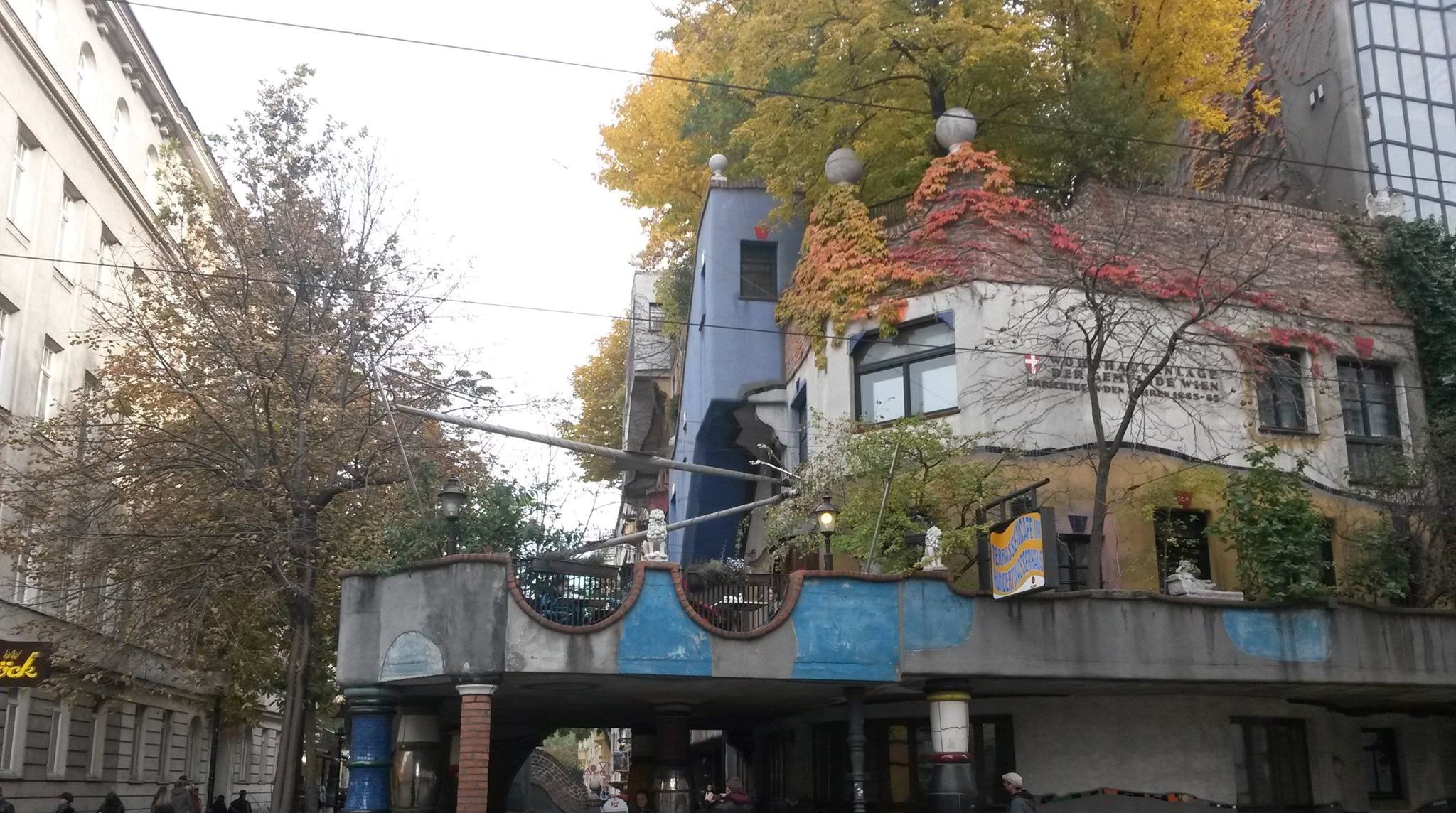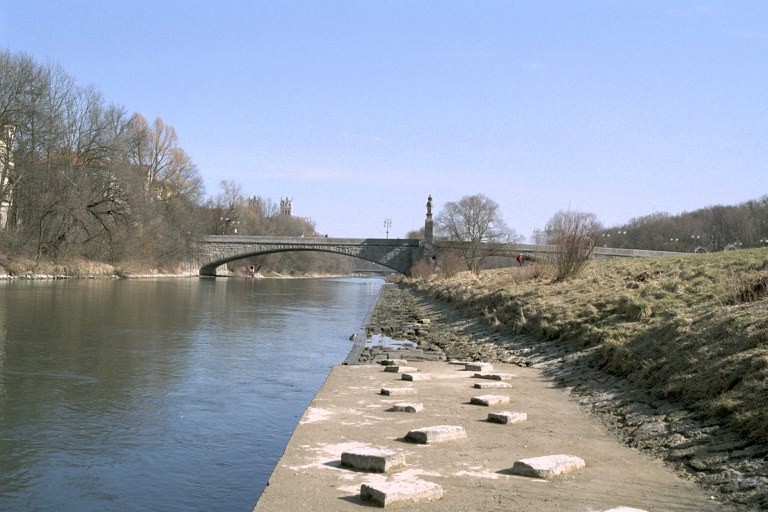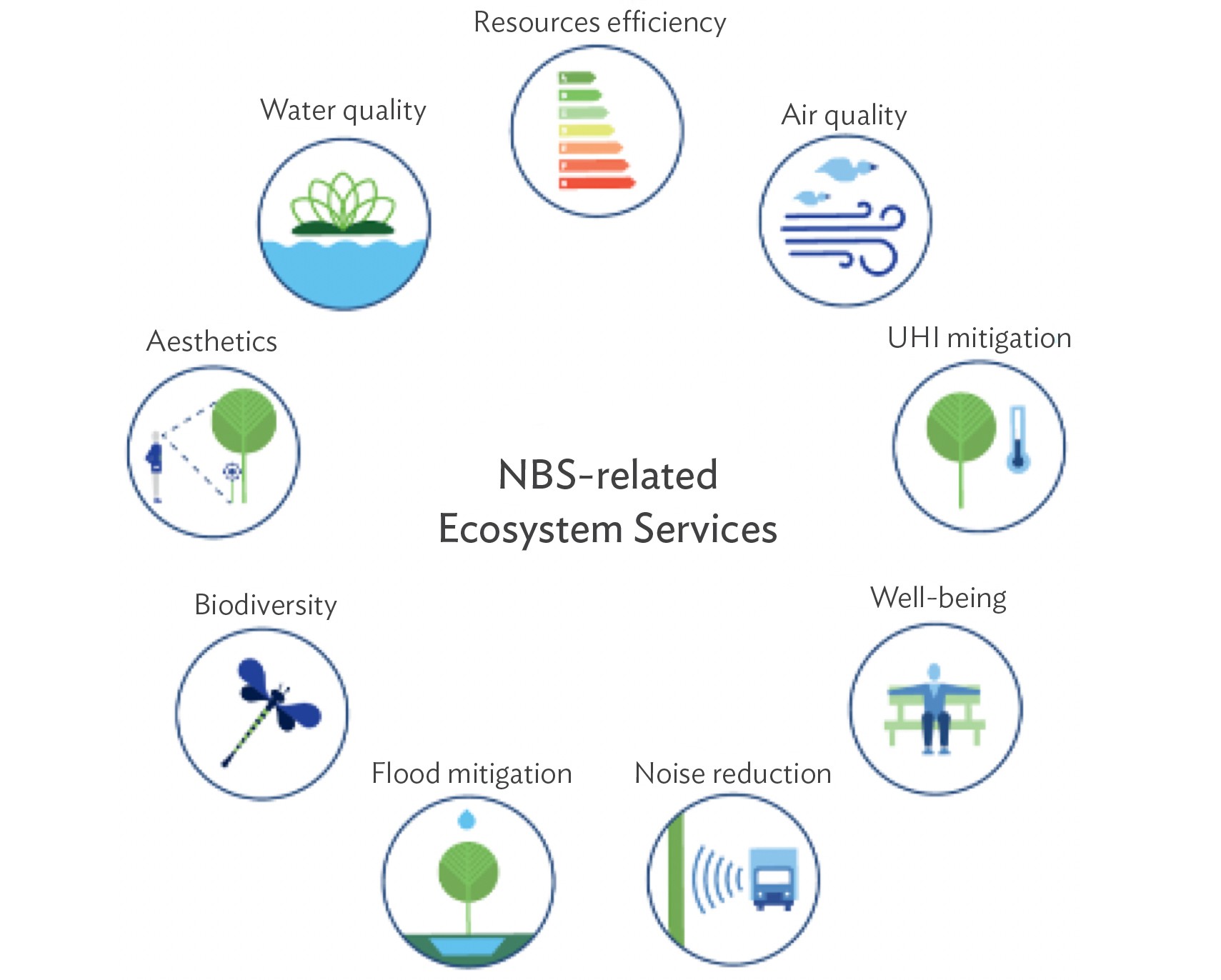Can we believe in a vision emphasizing the moral superiority of humans? How can we exit this humanistic approach on a moral basis? The first part of our series exploring nature-based solutions is looking for the answers to these questions.
For a long time, morality has been limited to the social realm to coordinate the relationship among humans, while nature is seen merely as an instrument to meet the various human needs. It is this humanistic morality that has fueled the success of sustainable development, because it offered a pathway that safeguards the needs of humanity, first and foremost. But as we reap the sows of climate change and environmental degradation, when human aspirations, wellbeing, and lives must pay the price, can we still believe in the success of a moral compass built on humanism?
The humanist values – that only recognize the welfare of a single species – are challenged by a new ethics focusing on the welfare of the millions of species that have evolved on the planet [1]. This is a moral stance that goes beyond the rationally argued notion of sustainable development. To illustrate this shift, the Ego- Eco- Seva progression (Figure 1) is a great way to reframe our approach to the environment, sustainability and climate crisis. In this trichotomy ‘Ego’ illustrates the way of thinking after the Industrial Revolution, an age of unbridled exploitation of natural resources with little regard for the consequences. The ‘Eco- period’ appeared in the second half of the 20th century, calling for considerate actions to minimize our impact on the environment. It was born out of the realization that we are both reliant on nature and have the capacity to destroy it – if we are not careful enough. The Eco paradigm seeks to limit our exploitation of nature to its own self-restorative capabilities, however, it still treats nature as some outside factor in the formula of human happiness and teaches us to value it from a selfish perspective. What results do we expect, when we half-heartedly act environmentally friendly (if we absolutely must), but only so long as it serves us?
Eventually, it is the Seva approach that emphasizes a relationship of love and humility with all entities in the environment. The Sanskrit expression of Seva can be translated as ‘being in services’, where we are part of nature, rather than being apart from it. Our ability to meaningfully shape this planet has not given us powers, but a duty to serve it, to understand it, to protect and nurture all life on it. This is not a rational argument, but a moral one. More importantly, it is a necessary one, as attitudes and norms are more steady drivers of change than gains and satisfaction.
If right or wrong were decided from the perspective of nature, humanity would have no trouble consuming less meat, reducing consumption in general, flying less, living less wastefully, etc.

Figure 1. Visualization of Ego-Eco-Seva. Source: [2]
Through the lens of the Seva paradigm, we can start combating environmental degradation by not degrading nature to a mere asset. In architecture, this means much more than committing to minimizing the environmental impact, but striving to give more than we take, let it be as bare-bones as net-positive energy balance, or as ambitious as treating trees as tenants (Figure 2.).

Figure 2. “Tree-tenants” in the Hundertwasser House, Vienna, Austria
How can we utilize the “Seva” paradigm in architecture?
Let us take river Isar as an example, which flows from the Alps through Munich to the Danube. As with most of the larger rivers in Central Europe, there were massive engineering-based infrastructure interventions on the Isar at the beginning of the 20th century. The objective was to get the river in a fixed bed, to improve rafting and land use, as well as to reduce flooding by steep cement dikes on both sides. This is a typical example of a river regarded as an infrastructural element, rather than a functional space for enhancing urban life. This causes several negative effects: besides being occasionally dangerous, low landscape aesthetics is another obvious character; for example, the steep cement embankments on both sides make it inaccessible to residents, and sometimes the river acts as a torrential stream carrying stones and dead trees through the urban area of Munich. All these heavily damaged the urban living conditions and landscape aesthetics.
The restoration works were carried out in 2000, whereby the engineering-based infrastructure was replaced by nature-based infrastructure. For instance, removing weirs and replacing them by ramps brought back the longitudinal connectivity in the river (Figure 3.). Formerly concrete bank fixation was taken out and replaced by gravel banks (Figure 4.). Dykes were relocated for habitats of plants and animals. The previous hard riverbed was de-hardened enlarging the cross-section of riverbed, improving flood discharge capacity. While these re-naturalized restoration measures cannot completely restore the river to its original state, but they reshaped the riparian line, increased the retention capacity for flooding, improved ecology, and provided a leisure space for residents. Furthermore, the restored river and its surroundings also bring natural winds, evacuating the air pollution of the flourishing local automobile industry.

Figure 3. Before and after restoration
Source: https://restorerivers.eu/wiki/index.php?title=Case_study%3AIsar-Plan

Figure 4.: The Isar river before and after removing canalized banks with the Wittelsbacher bridge in the background.
Author: Daniela Schaufuß; Source: City of Munich.
Source: https://climate-adapt.eea.europa.eu/metadata/case-studies/isar-plan-2013-water-management-plan-and-restoration-of-the-isar-river-munich-germany/11265875.jpg/view
The restoration of the river Isar is one textbook example of how nature-based solutions can compete with nature-exploiting, engineering-based interventions. Nature-based Solutions (NbS) are defined ‘as actions to protect, sustainably manage and restore natural or modified ecosystems, which address societal challenges effectively and adaptively, while simultaneously providing human well-being and biodiversity benefits’ [4] (Figure 5.). NbS are designed to effectively react to a series of environmental issues, while simultaneously providing economic, social and environmental benefits. Nature-based solutions rely on so-called “ecosystem services” to decrease reliance on non-renewable natural capital (e.g., fossil fuels, metal) and to increase investment in renewable natural processes (e.g., evapotranspiration, microbe metabolism). Ecosystem services are the resources provided by ecosystems, such as food and water, regulation of floods, soil erosion, or intangible benefits such as recreational-, health- and spiritual benefits in natural areas. In practice, there are numerous ways where NbS can be applied: green roofs, green walls, urban forests, wetlands, community gardens, urban parks, etc. What is special about them is that on one hand they are habitats, on the other hand microclimate regulators, purifiers of air, water, and soil, sources of food and energy, valuable public spaces for recreation, learning, bonding (Figure 6.). Urban forests, green roofs and walls can moderate the extreme weather events; by absorbing rainwater and slowing down the speed of water gathered in the ground, they reduce the risk of urban flooding. Also, by increasing wind speed, they can improve outdoor thermal comfort and mitigate heatwaves. Wetlands can effectively filter both human and animal waste, and act as a natural buffer to the surrounding environment. Urban forests can mitigate noise, filter air and remove carbon dioxide from the atmosphere, making them effective carbon sinks.

Figure 5. Nature-based solution is an umbrella for ecosystem related approaches. Source: [4]

Figure 6. Nature-based solutions related ecosystem services (right)
Source: Imperial College London. Climate-KIC Blue Green Dream. [5]
As a summary, human beings rely on nature to survive, but we also have the ability to change nature. It is our moral duty to use this ability to build with nature rather than over it. NbS are excellent instruments of the Seva approach, as they use ecological restoration, rather than exploitation, to solve societal challenges. In other words, many engineering solutions can be substituted by nature-based solutions and we should strive to find more ways to do so. Nature-based solutions are the pathway to integrate cities into nature and reinvent urban progress as a constituent of course of nature.
This is the first part of a series of articles on nature-based solutions. In the next following articles. we will continue to explore nature-based solutions in the Hungarian context.
Authors
Viktor Bukovszki – Senior Consultant, ABUD – Advanced Building and Urban Design
Qingchang He – PhD Doctorate, PTE (supervisor: András Reith – ABUD)
References:
[1] Holmes Rolston, III, Environmental Ethics, p. 216-217; Rolston, Conseroing Natural Value; Rolston, “Value in Nature and the Nature of Value,” in Robin Attfield and Andrew Belsey, eds., Philosophy and the Natural Environment (Cambridge: Cambridge University Press, 1994), pp. 13-30. Lawrence Johnson makes much the same claims under the vocabulary of “interests” at stake.
[2] Luca E. ” Sustainability, Restorative to Regenerative An exploration in progressing a paradigm shift in built environment thinking, from sustainability to restorative sustainability and on to regenerative sustainability” COST Action CA16114 RESTORE: REthinking Sustainability TOwards a Regenerative Economy, Working Group One Report: Restorative Sustainability EDITORS Martin Brown, Edeltraud Haselsteiner, Diana Apró, Diana Kopeva, Egla Luca, Katri-Liisa Pulkkinen and Blerta Vula Rizvanolli[J]. 2018.
[3] S. Nugent, A. Packard, E. Brabon, and S. Vierra, “Living, Regenerative, and Adaptive Buildings” [online]. Available: https://www.wbdg.org/resources/living-regenerative-and-adaptive-buildings
[4] Cohen-Shacham E, Walters G, Janzen C, et al. Nature-based solutions to address global societal challenges[J]. IUCN: Gland, Switzerland, 2016, 97.
[5] Bozovic, R., C. Maksimovic, A. Mijic, M. Van Reeuwijk, K. Smith, and I. Suter. Blue Green Solutions, A Systems Approach to Sustainable, Resilient and Cost-Efficient Urban Development. Imperial College London. Blue Green Dream project, Climate-KIC, Eu. 2017.



